A Close Look At The Main Belt Asteroid Harmonia

Introduction
In the vast expanse of our solar system, asteroids capture our curiosity and imagination. These celestial objects, often referred to as "minor planets," provide insights into the formation and evolution of our solar system. One such fascinating asteroid is Harmonia, a member of the main asteroid belt located between Mars and Jupiter. In this article, we will delve into the profile of Harmonia, exploring its physical characteristics, origin, and significance.
Physical Characteristics
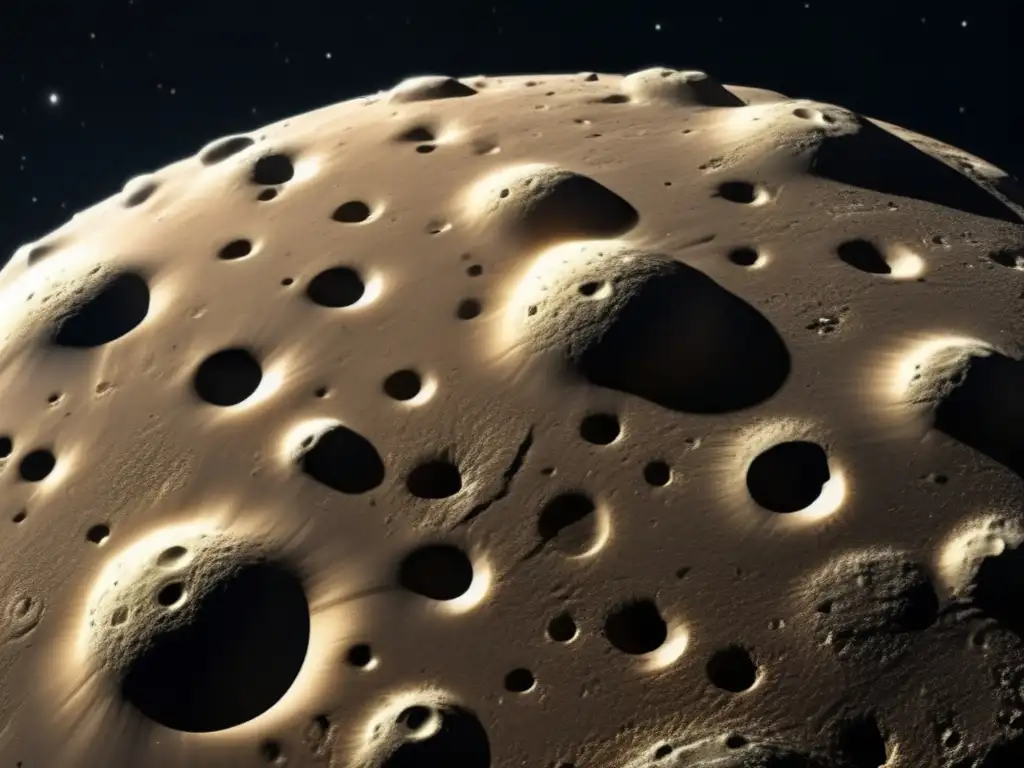
Size and Composition
Harmonia is an intriguing asteroid with a diameter of approximately 66 kilometers (41 miles). Classified as a C-type (carbonaceous) asteroid, it primarily consists of carbon compounds, silicates, and hydrated minerals. This composition implies that Harmonia may contain organic molecules and water, making it a captivating subject for scientific study.
Surface Features
Observations of Harmonia's surface have revealed several interesting features. It exhibits diverse topography, including impact craters, ridges, and plains. These characteristics provide clues about the geological processes that have shaped the asteroid over its billions of years of existence. The presence of craters suggests a history of cosmic collisions, contributing to the formation of its unique surface structure.
Orbit and Rotation
Harmonia follows an elliptical orbit within the main asteroid belt, situated at an average distance of around 2.67 astronomical units (AU) from the Sun. Its orbital eccentricity of 0.08 means that its distance from the Sun varies throughout its orbit. Harmonia completes one revolution around the Sun every 4.56 years (1,666 days) and rotates on its axis once every 9.2 hours.
Origin and Formation
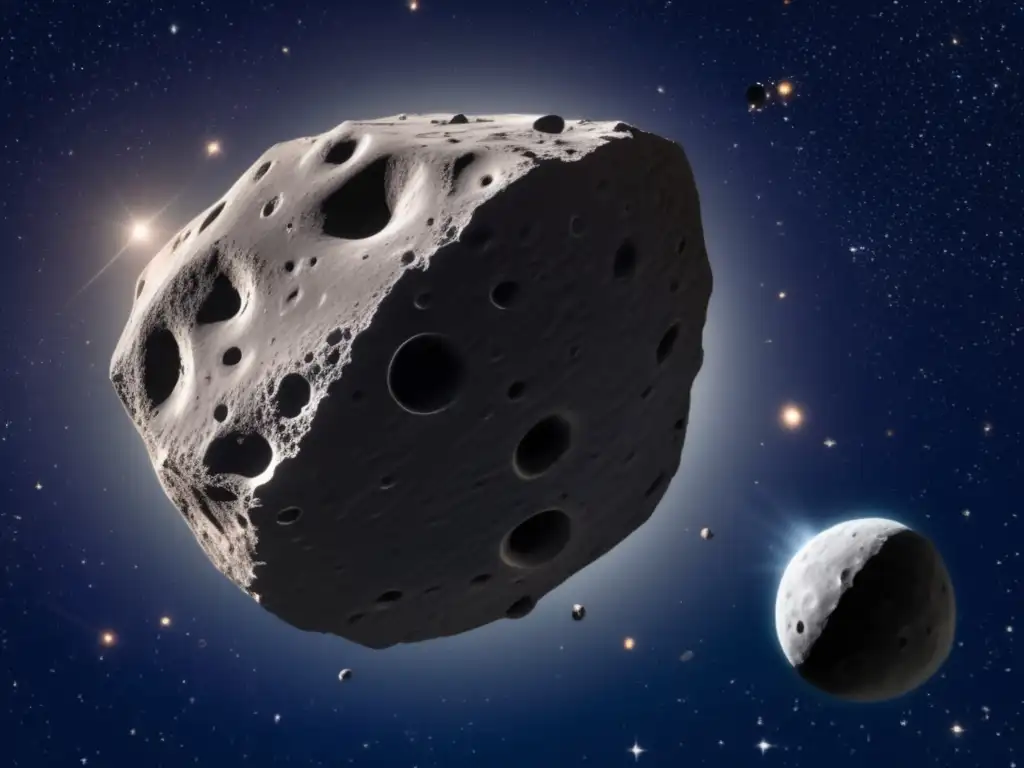
Protoplanetary Disk and Accretion
The main asteroid belt, where Harmonia resides, originated from the protoplanetary disk that surrounded the young Sun. As the solar system formed approximately 4.6 billion years ago, dust and gas within the disk began to clump together due to gravity, forming planetesimals. These planetesimals eventually collided and merged, leading to the formation of larger objects, including asteroids like Harmonia.
Migration and Resonances
Dynamic processes within the early solar system influenced the distribution and migration of asteroids. Gravitational interactions with massive planets, particularly Jupiter, caused orbital resonances that affected the stability and location of asteroids. Harmonia's current position in the main belt may be the result of such migration and resonance effects.
Formation of Carbonaceous Asteroids
Carbonaceous asteroids like Harmonia are believed to originate from the outer regions of the protoplanetary disk, where volatiles such as water and organic compounds were more abundant. Their composition suggests that they experienced less heating and underwent minimal processing compared to other types of asteroids. Studying these carbon-rich asteroids can provide valuable insights into the early stages of our solar system's evolution.
Scientific Significance
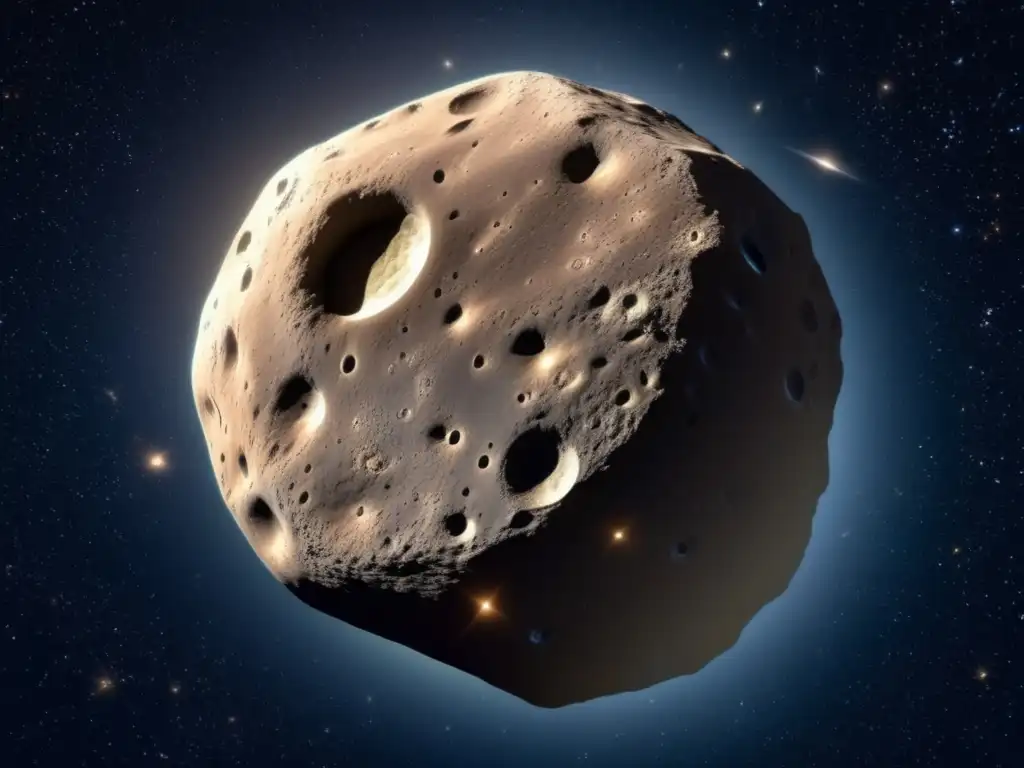
Understanding Solar System Evolution
Analyzing the physical properties and composition of asteroids like Harmonia helps scientists reconstruct the history of our solar system. By studying these ancient celestial bodies, researchers gain knowledge about the conditions prevalent during the early stages of planetary formation. The presence of organic molecules and water on carbonaceous asteroids like Harmonia raises intriguing possibilities about the origins of life on Earth.
Potential Resource Utilization
In addition to their scientific value, asteroids also hold potential for future resource utilization. Minerals and metals present in asteroid compositions, including those found in carbonaceous asteroids like Harmonia, could be extracted for use in space exploration activities or as valuable resources for Earth. Understanding the availability and accessibility of such resources is crucial for planning future space missions.
Mitigating Planetary Impact Risks
Studying asteroids is essential for identifying and characterizing potential impact risks to our planet. By mapping asteroid orbits, determining their physical properties, and monitoring their trajectories, scientists can assess the potential threat they pose to Earth. This knowledge plays a vital role in developing strategies to mitigate potential impacts and protect our planet from catastrophic events.
Frequently Asked Questions
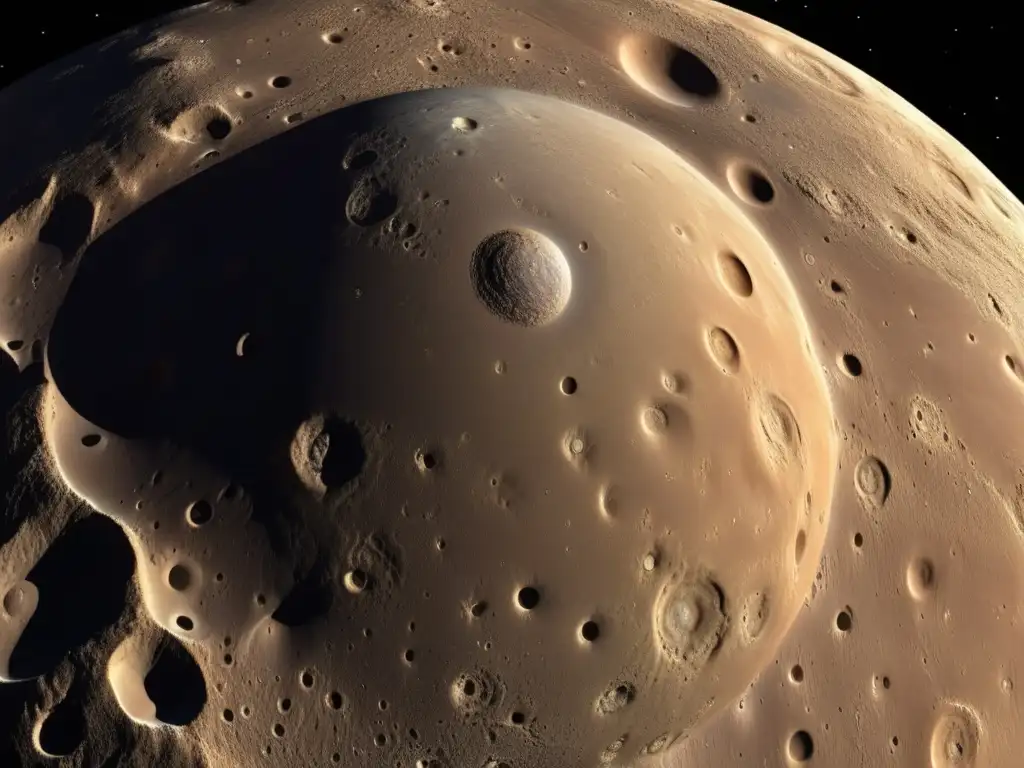
-
What is the size of Harmonia?
Harmonia has a diameter of approximately 66 kilometers (41 miles).
-
What type of asteroid is Harmonia?
Harmonia is classified as a C-type (carbonaceous) asteroid.
-
Where is Harmonia located?
Harmonia resides within the main asteroid belt between Mars and Jupiter.
-
How long does Harmonia take to orbit the Sun?
Harmonia completes one revolution around the Sun every 4.56 years (1,666 days).
-
What can we learn from studying carbonaceous asteroids like Harmonia?
Studying carbonaceous asteroids provides insights into the early stages of our solar system's evolution and offers possibilities for understanding the origins of life on Earth.
Conclusion
Harmonia, with its intriguing physical characteristics and composition, offers valuable opportunities for scientific exploration. Studying this carbonaceous asteroid provides insights into the formation and evolution of our solar system, the potential for resource utilization in space, and mitigation strategies for planetary impact risks. Harmonia invites us to further investigate the mysteries of the cosmos and deepen our understanding of our place in the universe.
We encourage readers to share their thoughts in the comments section below and actively engage with www.asteroidrealm.com. Explore additional articles, subscribe to our newsletter for more fascinating asteroid insights, and share this article on social networks to spark curiosity among fellow enthusiasts. Thank you for your time and attention.
Additional Resources
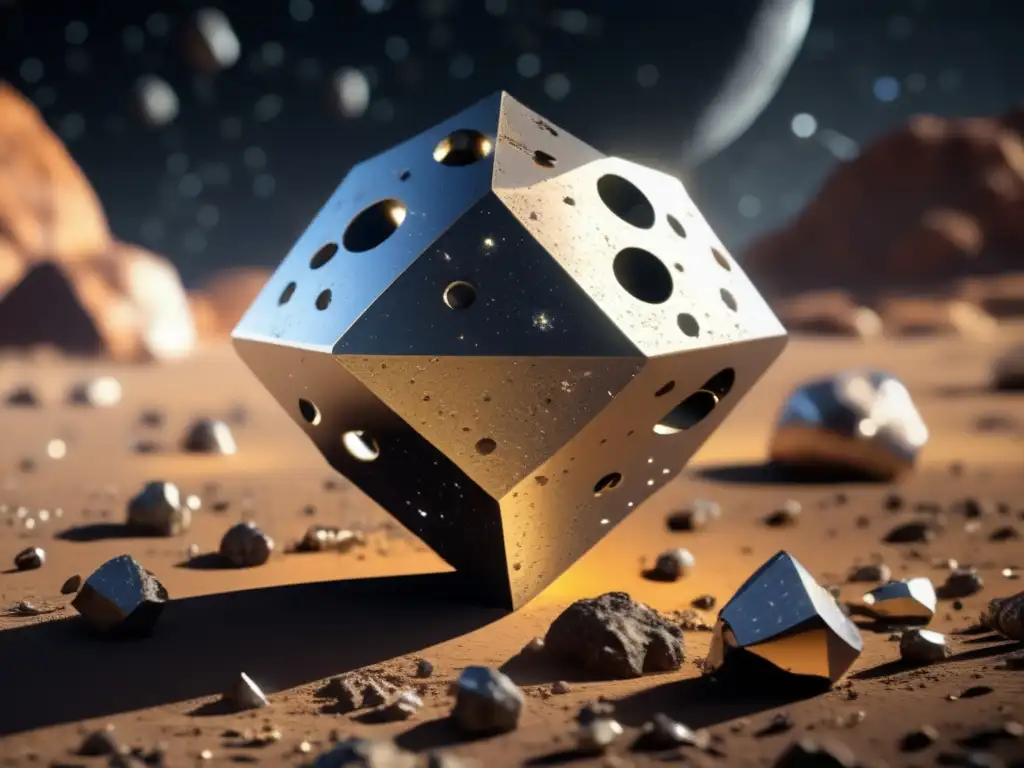
If you want to delve deeper into the topic of asteroids, here are some additional resources worth exploring:
- NASA Planetary Defense - Overview
- NASA JPL Asteroid Watch
- International Astronomical Union - Asteroids
 Exploring The Characteristics Of Asteroid Europa
Exploring The Characteristics Of Asteroid Europa Asteroid Thisbe: A Study Of Its Rotation And Composition
Asteroid Thisbe: A Study Of Its Rotation And Composition A Journey To Asteroid Kalliope: The Mother Of Orpheus
A Journey To Asteroid Kalliope: The Mother Of OrpheusIf you want to discover more articles similar to A Close Look At The Main Belt Asteroid Harmonia, you can visit the Asteroid Profiles category.
Leave a Reply

Articulos relacionados: